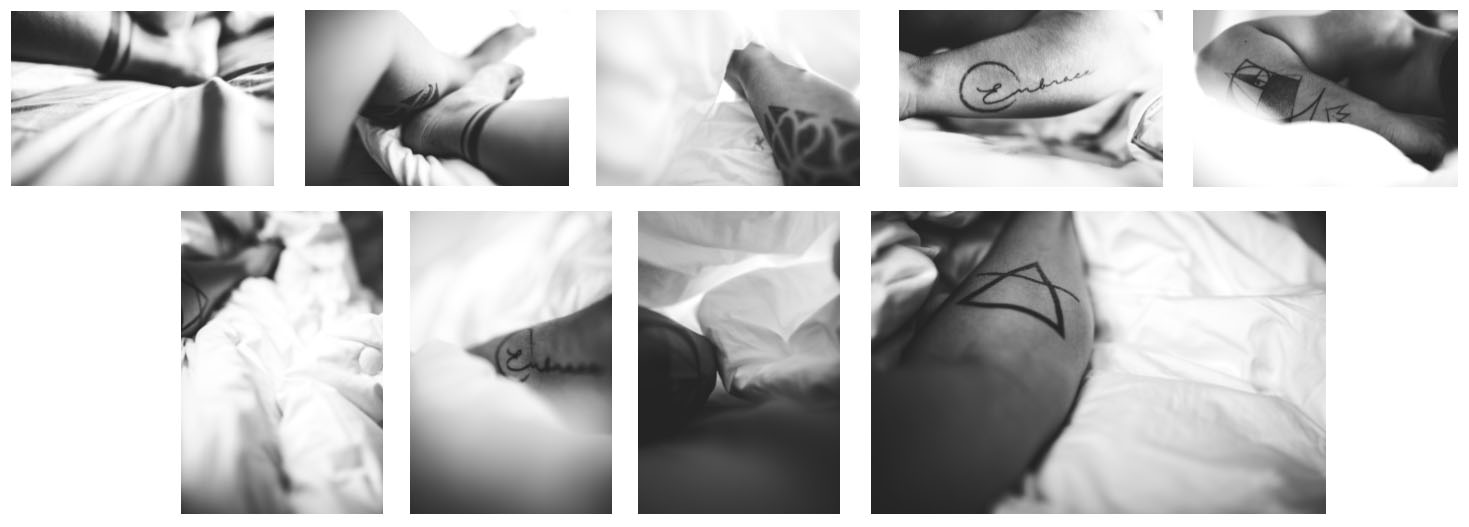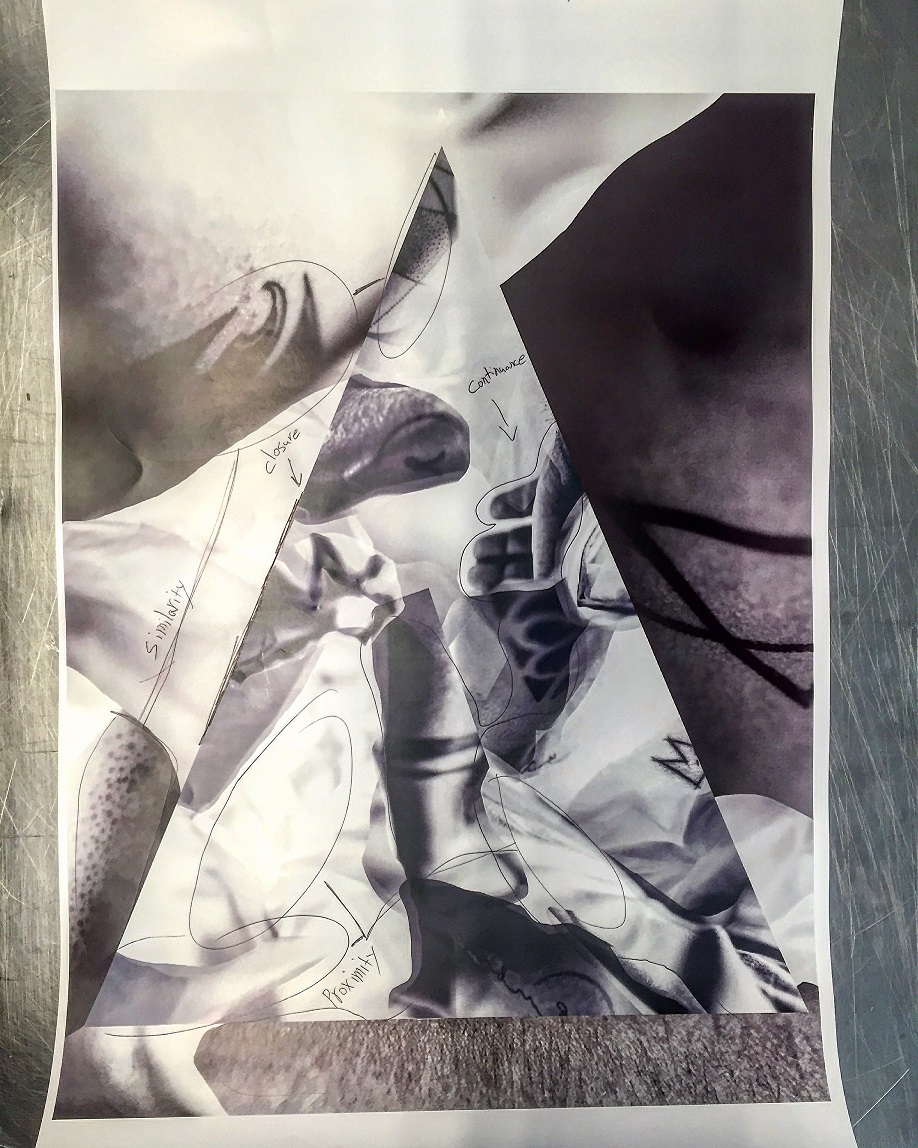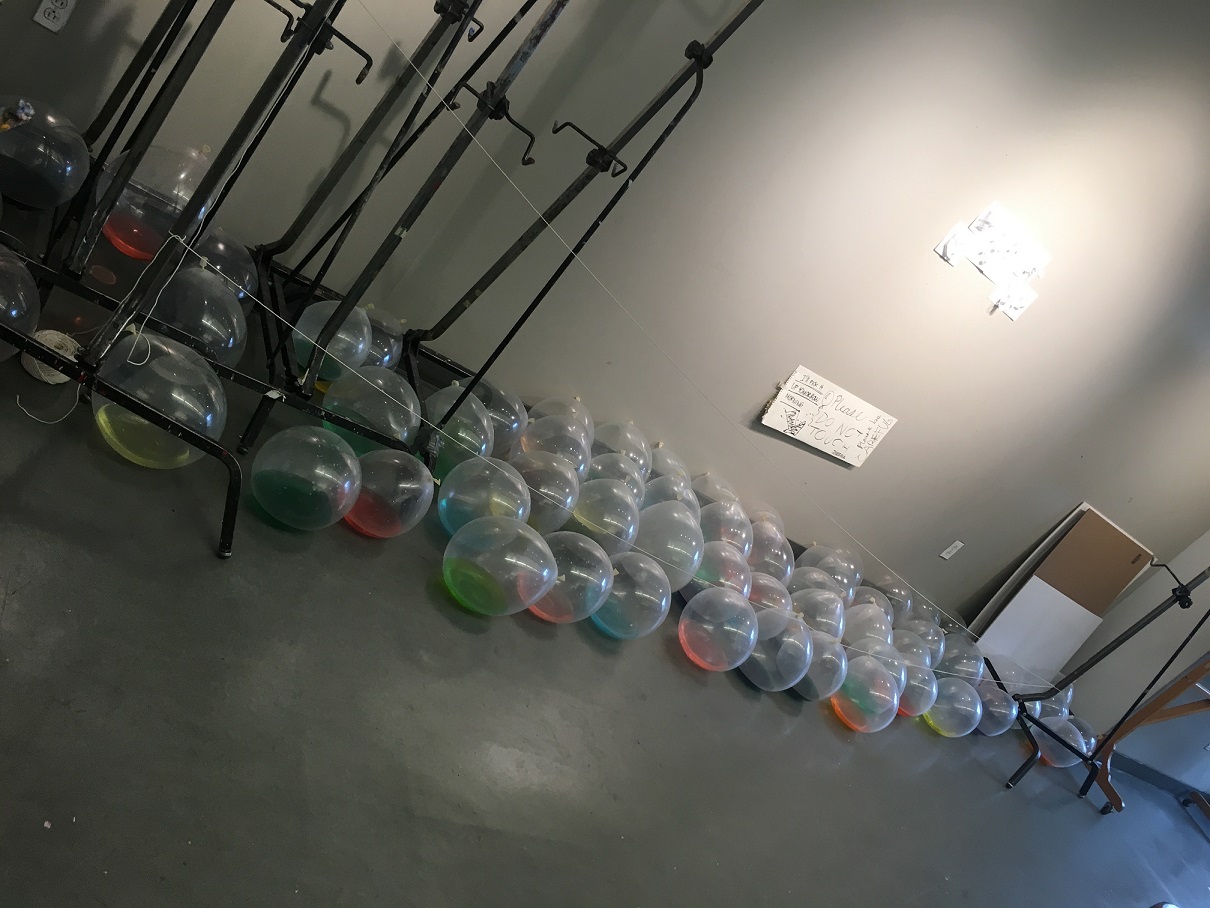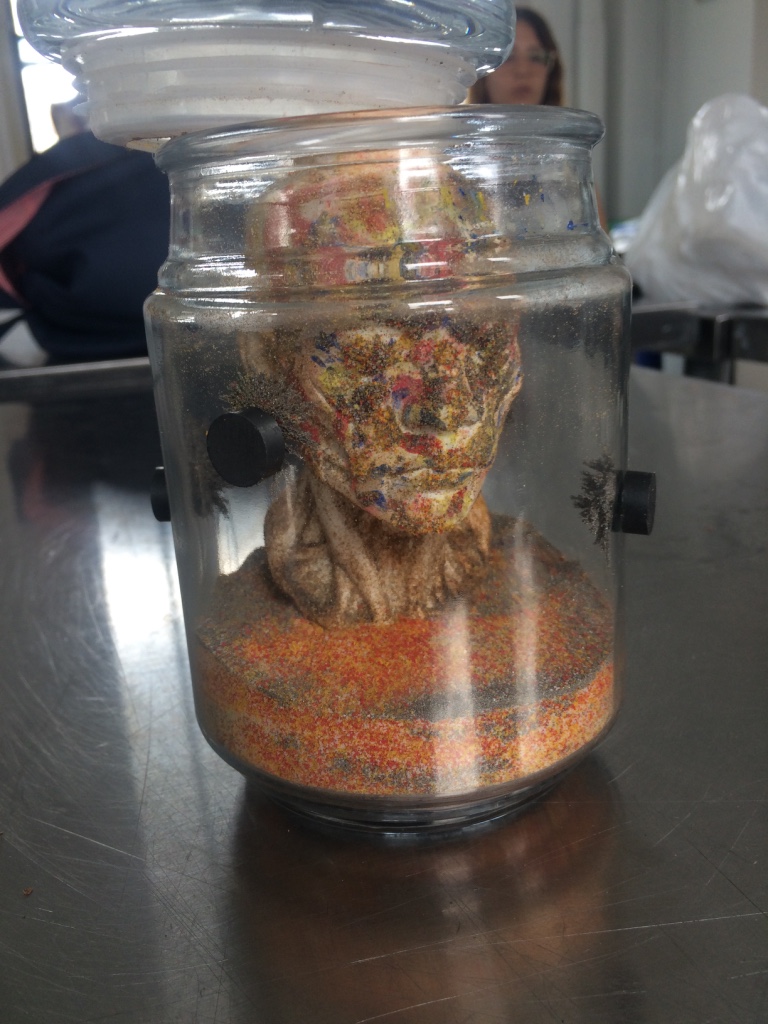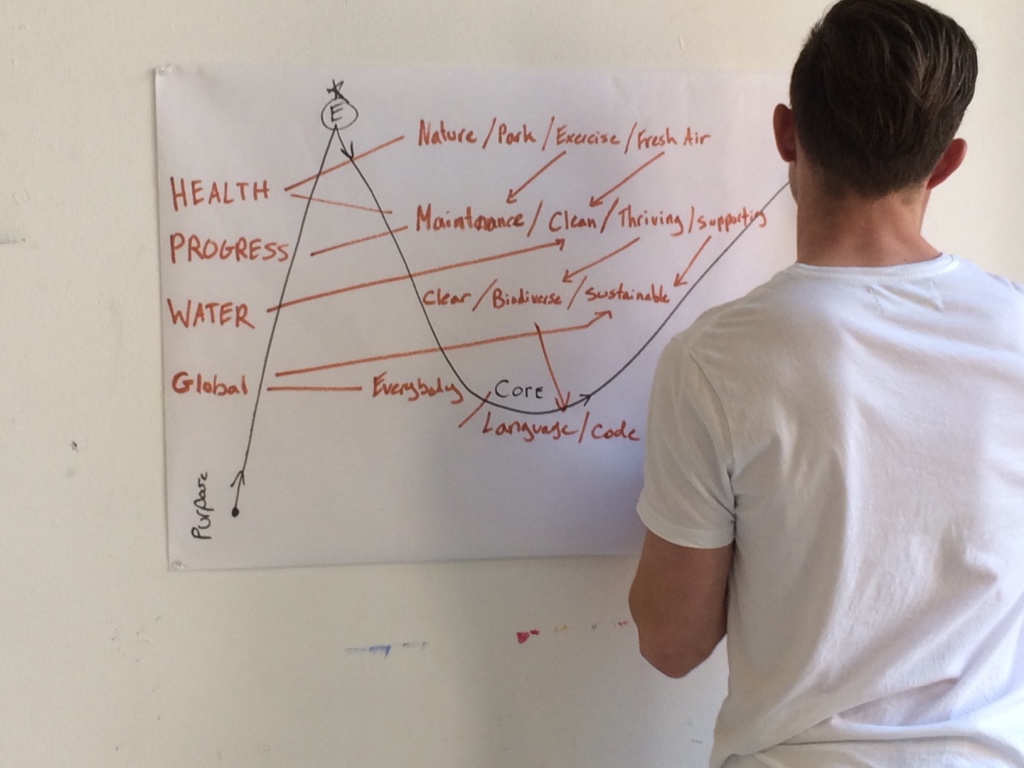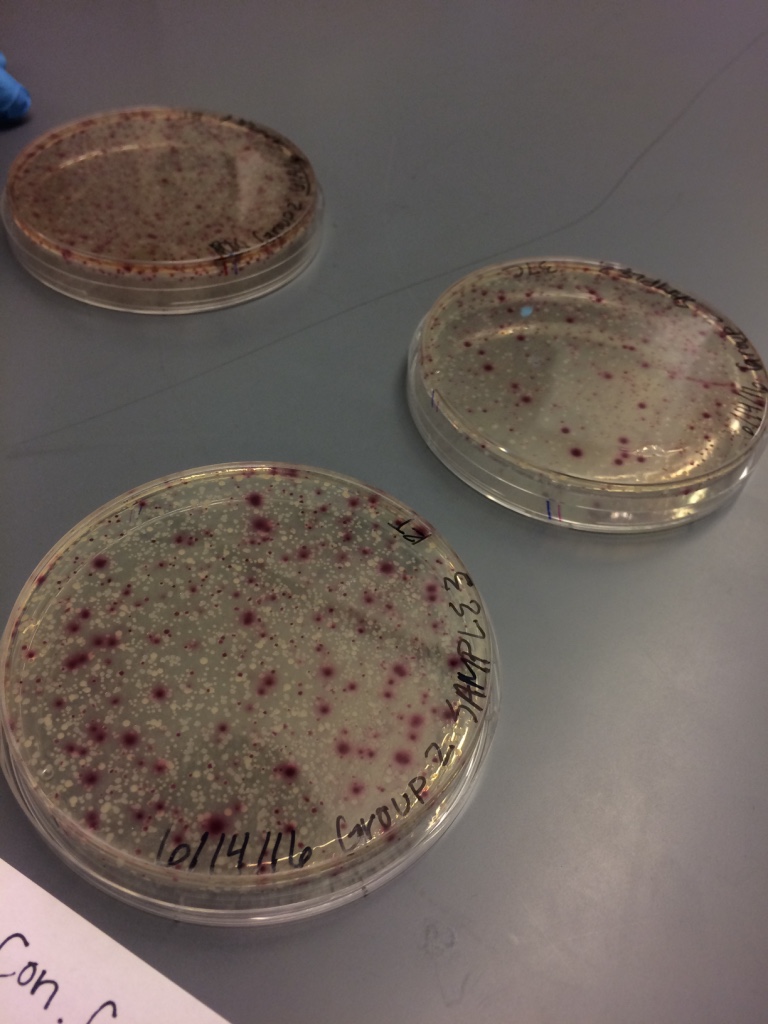For this installment of First Year Features, we present Gigi Polo’s TIME: METROPOLIS course and the work of her students. The course is described as an introduction to the cultural and perceptual constructions of time. Learning to work with time involves more than simply editing video and sound into linear sequences. It entails the consideration of time as a designed idea that can function as a tool. It asks how this tool, in turn, affects how objects function, how environments are perceived, and how experiences are shared.
METROPOLIS students investigate the passage of time through the cycles of the city. They investigate how urban environments affect inhabitants and how time investment, perception, and waste relate to cityscapes, their growth and decay. By exploring the dimensions of time through spaces, in terms of systems, occurrences, shifts, and transformations, students use a variety of media—drawings, photography, digital montage, time-based media—to examine and visualize the perpetual change of self.
Gigi shares, “I teach concepts through which students learn time theories in relationship with time-based media to develop storytelling. The progression starts with two-dimensional mediums. And from there, semiotics and film theories are introduced.”
This course is one of four required courses in the curriculum for First Year students. To help illuminate this unique intersection between time and design, Gigi introduces her summer 2016 students Moran Danker, Josefina Bailléres and Byung Park, whom we are showcasing by assignment.
I. Time Distortion in an Emotional City
Students explore the perception of time in space through a series of self portraits, and develop a personae based on emotions that arise from that experience. The project is inspired by La Jété, by Chris Marker (1962).
II. Route to Self
In this project we look at the Charles Sander Peirce theory of Visual Semiotics: Firstness, Secondness, and Thirdness and Deleuze film theory, specifically the “Movement Image,” a theory Deleuze grounds in some aspects of Sander Peirce Visual Semiotics.
With her video piece, Josefina Bailléres visualizes a different dimension of her personality:
Moran Danker’s personality explored via time (head’s up, there’s audio):
III. Personal Interests through Biodiversity
Students conduct research of the biodiversity of two sites of Central Park (Conservatory Garden and The Ramble) and analyze samples in the The New School science lab. Based on findings, students design an artifact: space, garment, accessory, art piece, space that represents their hypothesis/conclusions. A side narrative is also produced to exercise film theories learned during class.
Time isn’t just a challenging concept to examine; it’s a family of sensory dimensions to experience. By experiencing Gigi’s TIME: METROPOLIS course, her students are given tools they might not find in theory alone. Or if they do, it’s unlikely they will have as much fun as exploring, via tangible mediums, the cultural and perceptual constructions of time.


























